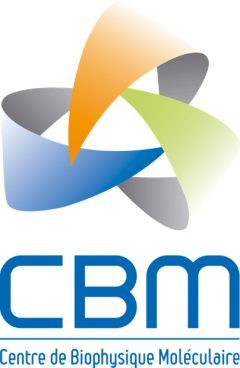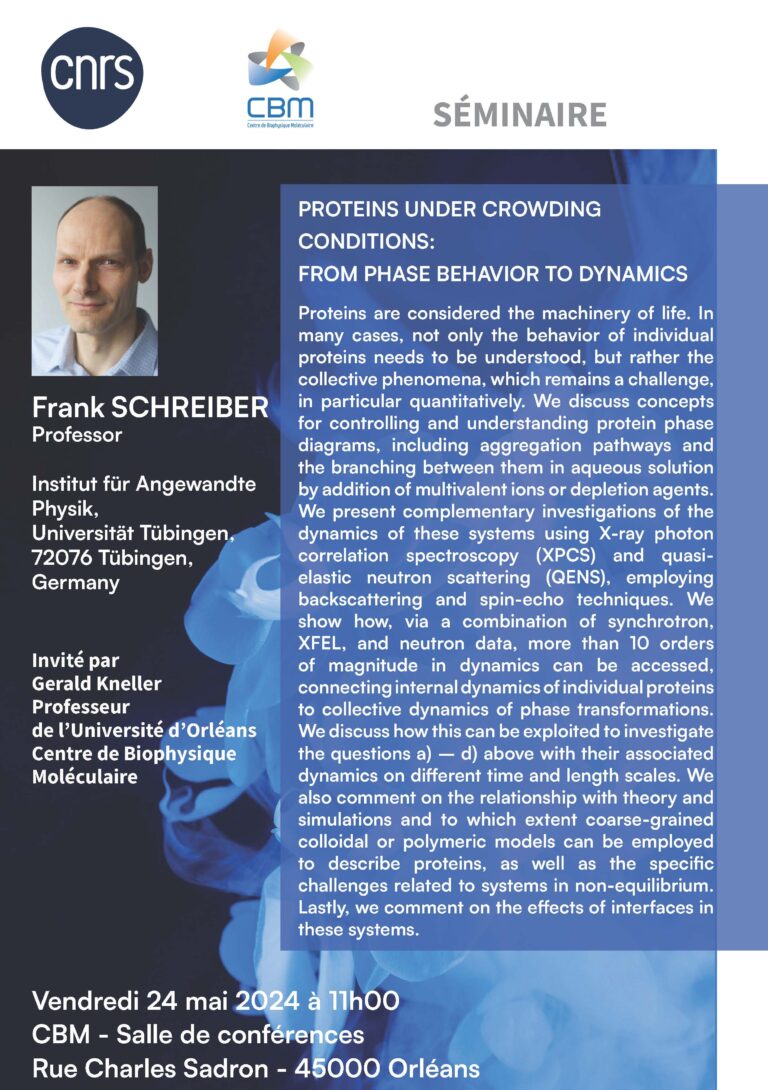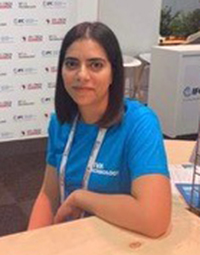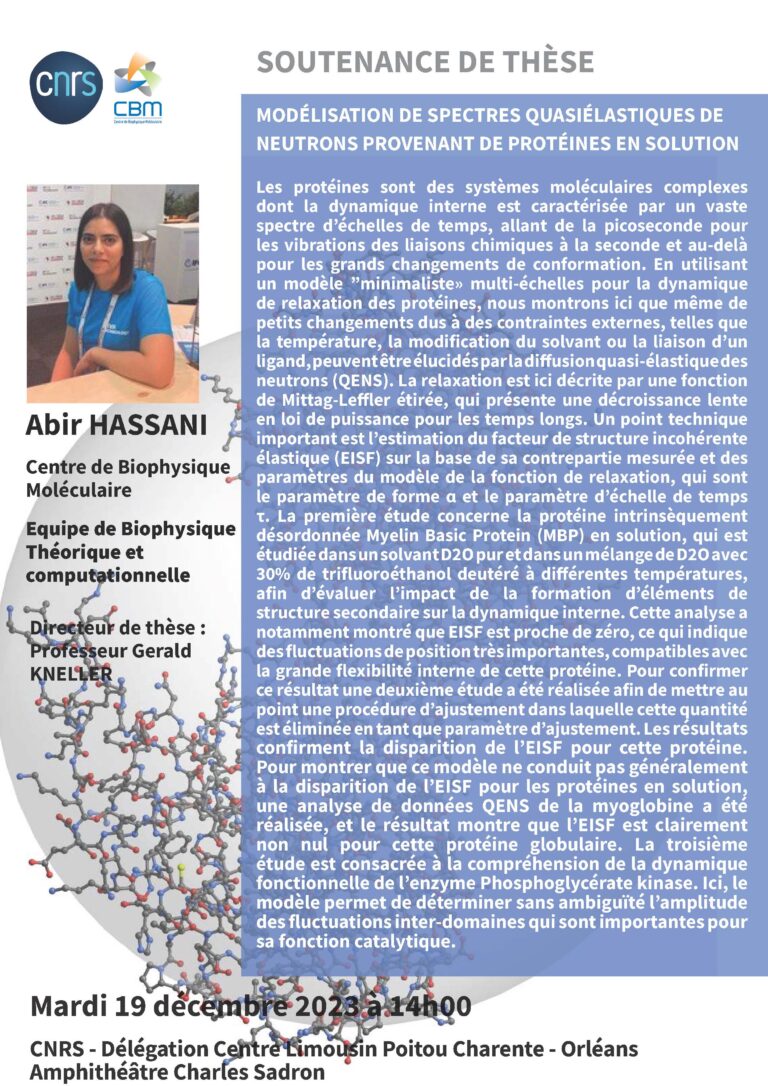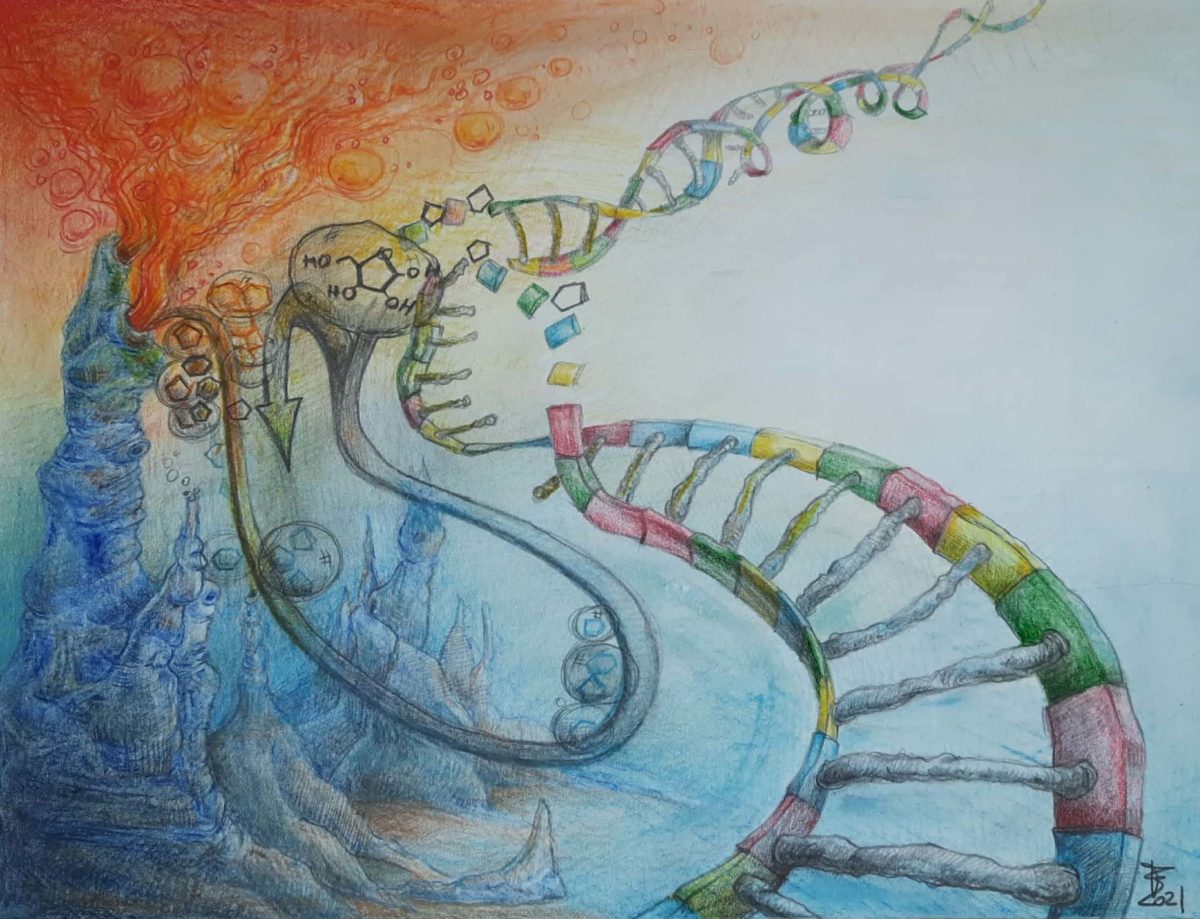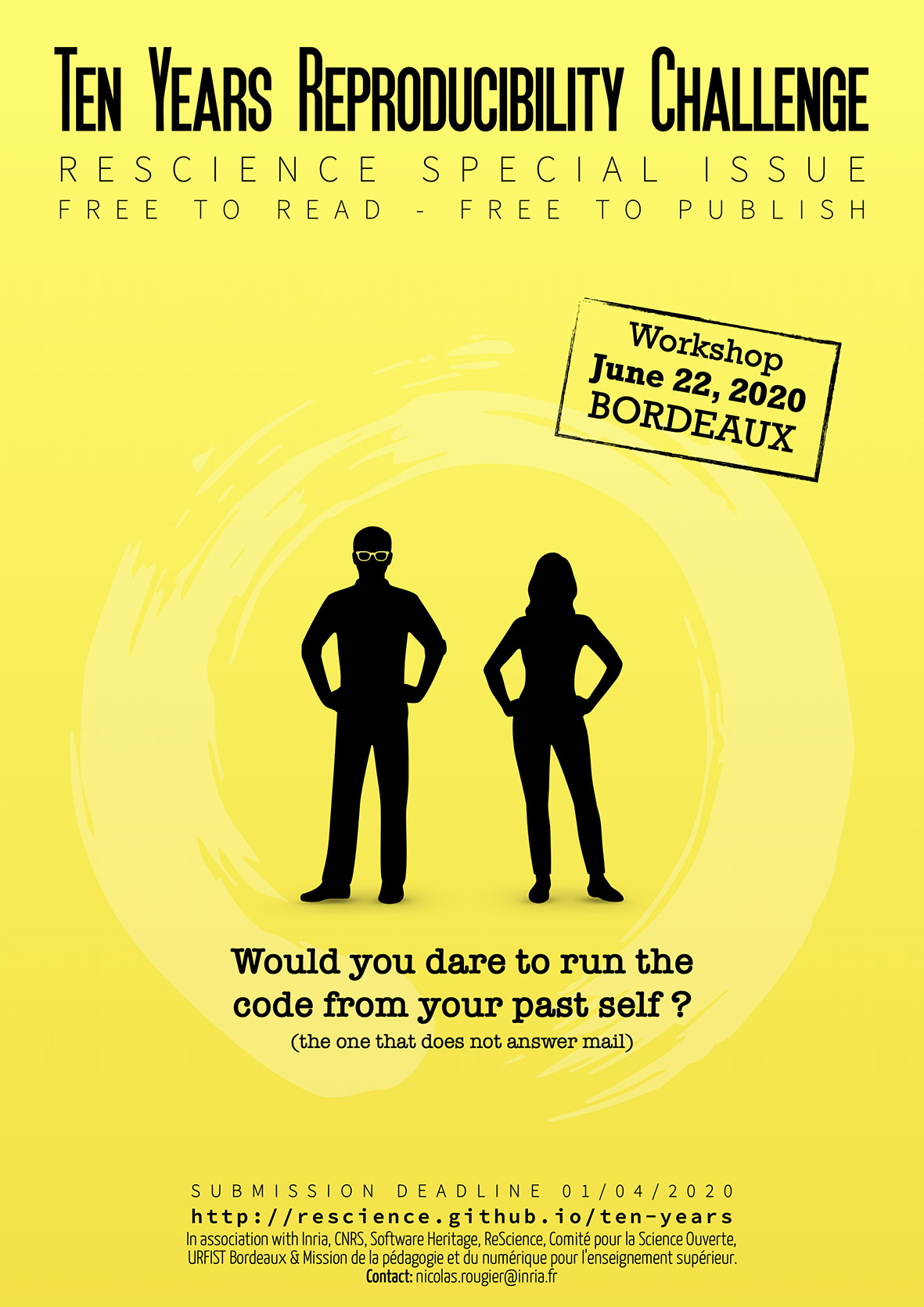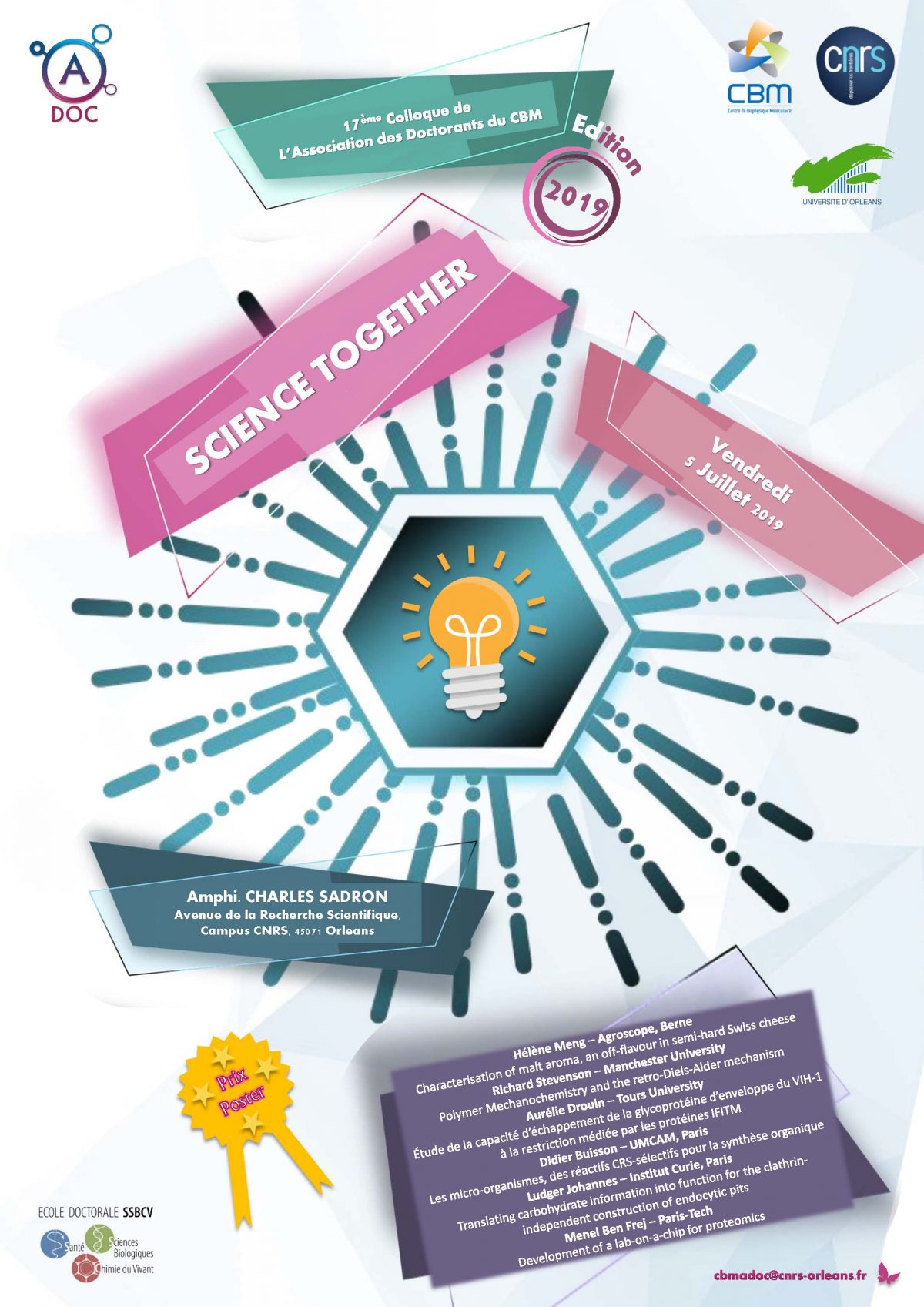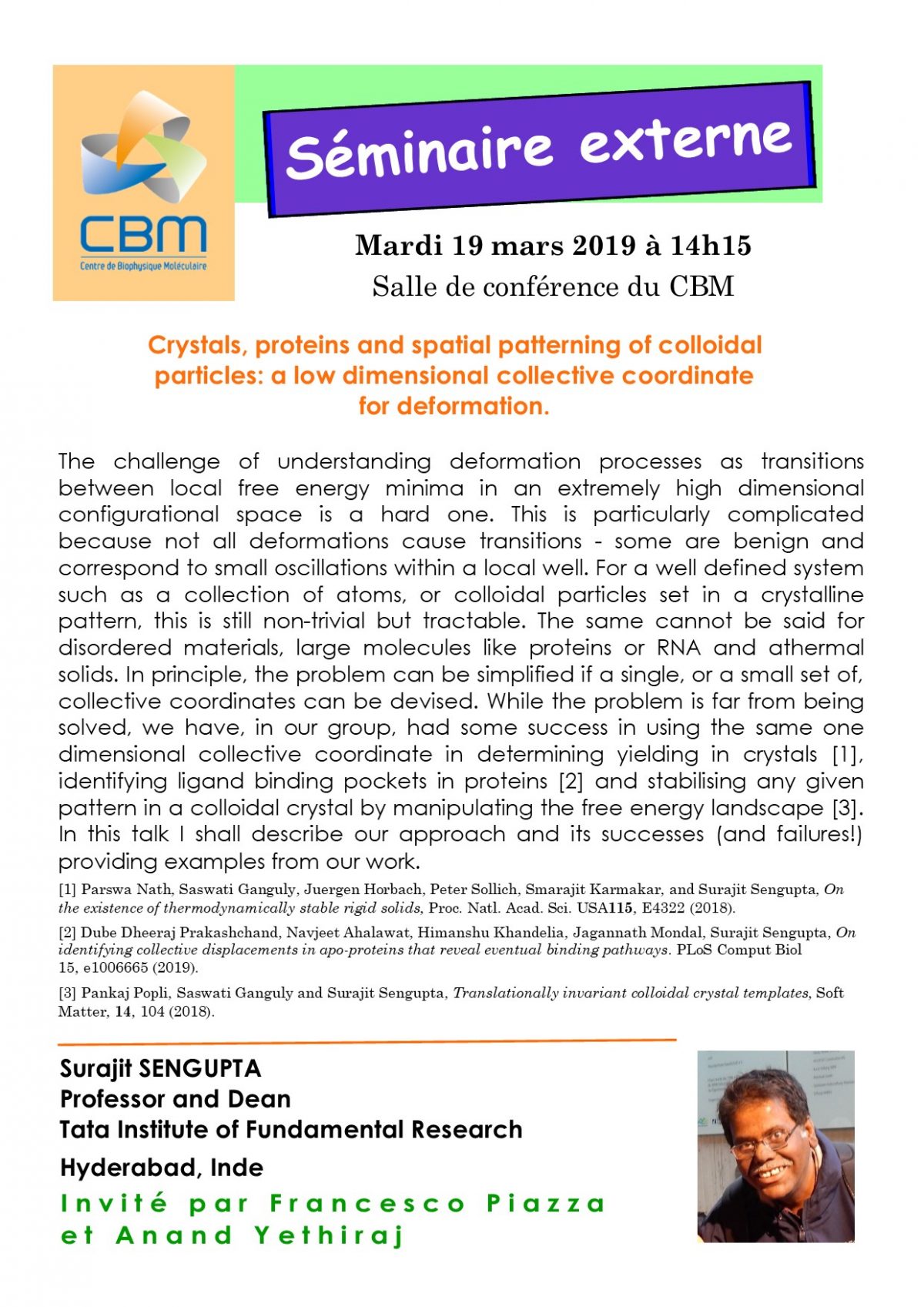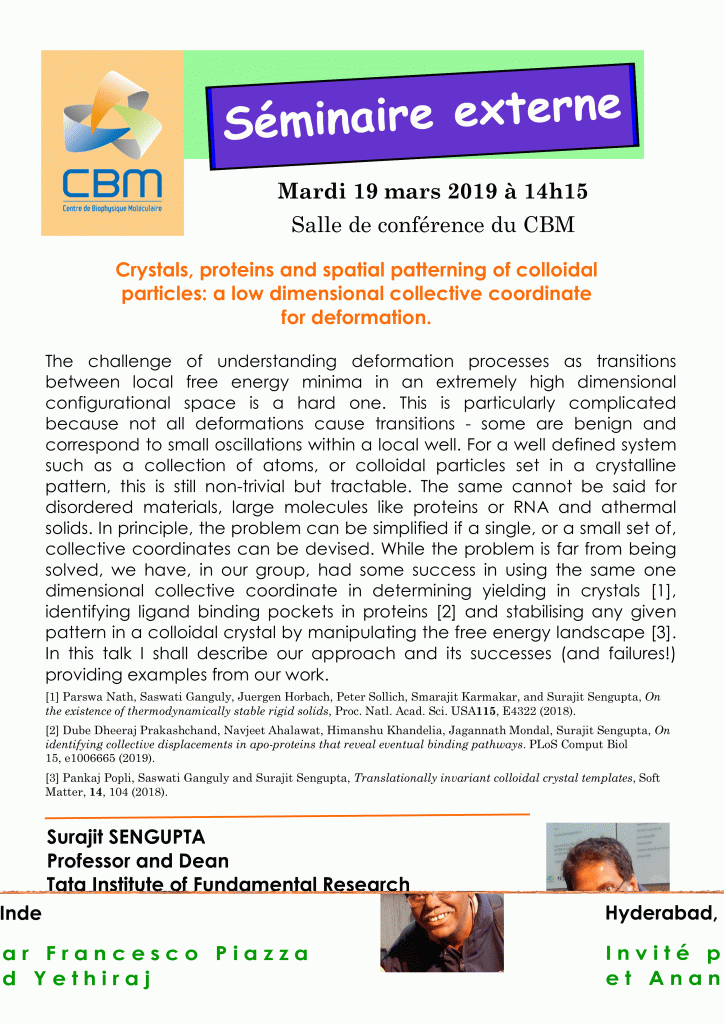At a time when the scientific world (and beyond) is talking about code, algorithms, and even artificial intelligence, talking about "software" seems to be just another semantic subtlety. Yet there are many facets of software, such as issues of licensing and file formats, that are not part of the definition of code or algorithms. The authors, humanities scholars and practitioners of scientific computing, draw attention to these facets of software that are neglected by researchers, research organizations and funding agencies alike: engineering, governance, licensing, circulation, infrastructure, embedded theory, and users.
Computational chemistry plays an important role in this analysis, because it was one of the first disciplines in which the tension between the industrial and academic approaches to quality assurance became evident. For some, software is reliable if it has been professionally developed according to the best practices of software engineering, while for others, it is the transparency and malleability of Open Source code that guarantees reliability.
See the article:
Hocquet, A., Wieber, F., Gramelsberger, G. et al. Software in science is ubiquitous yet overlooked. Nat Comput Sci (2024). https://doi-org.insb.bib.cnrs.fr/10.1038/s43588-024-00651-2
